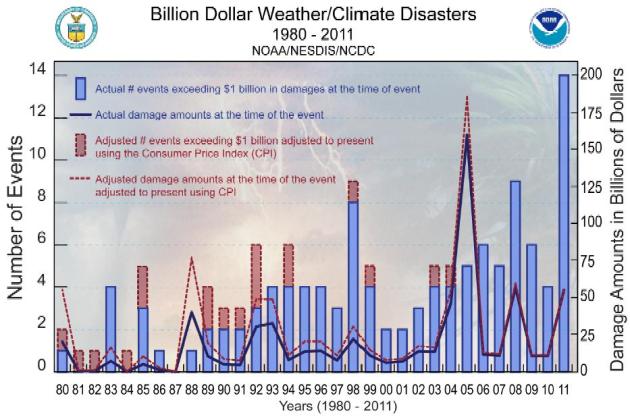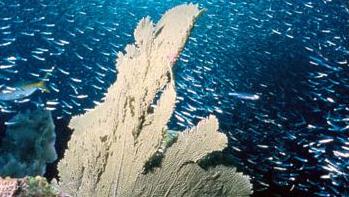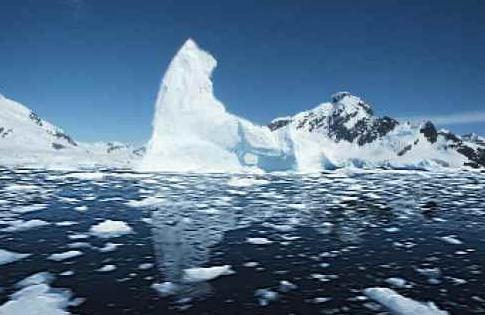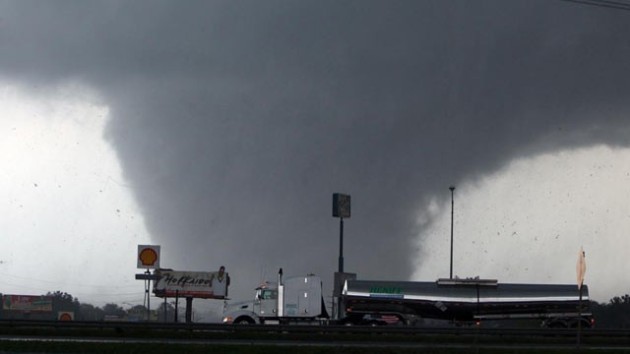
81 separate tornadoes on Friday (as of 7 pm yesterday) from Alabama to Ohio. Details below. Photo: AP Photo/The Huntsville Times, Dave Dieter.
29 tornadoes on the ground - simultaneously - at one point Friday afternoon. Source: CNN.
196 tornado warnings, 240 severe thunderstorm warnings, 432 severe storm reports as of 7 pm central on Friday (source: Alabama TV meteorologist James Spann).
2 small tornadoes were reported near Stapleton and Greeley, Nebraska on February 29 - the first February tornadoes ever reported in Nebraska. Source: WOWT-TV.
Cincinnati/Northern Kentucky International Airport (CVG) was closed as of Mar 02 at 04:30 PM EST “Due to FOD ON RWY, the Cincinnati/Northern Kentucky International Airport (CVG) was closed as of Mar 02 at 04:30 PM EST. The date/time when the airport is expected to reopen is not known.” Tornado debris?
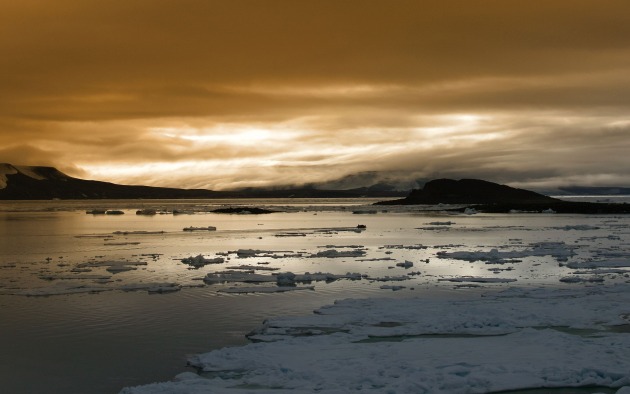
300 million years. The world's oceans are thought to be acidifying faster than any time in the last 300 million years. Full article below.

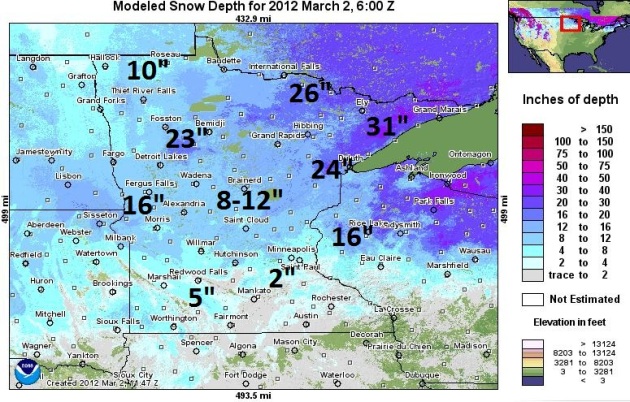
Last Best Hope For Snow Lovers? I can't stress this enough - if you like snow, and want one more weekend to play in the snow (sledding, snowmobiling, cross country skiing) this weekend is probably your best bet, possibly for the rest of the winter season. Considering long-range guidance brings 40s and 50s into central and southern Minnesota as early as next week - I wouldn't be surprised to see 60 here by mid March - you might want to take advantage of chilly temperatures and excellent snow conditions this weekend. See the raw NOAA data for yourself here.
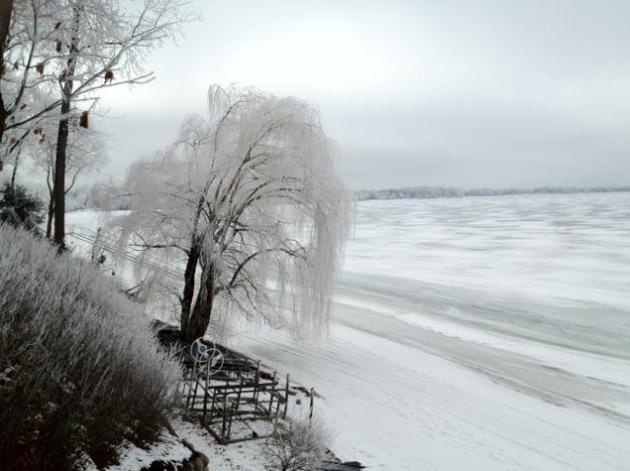
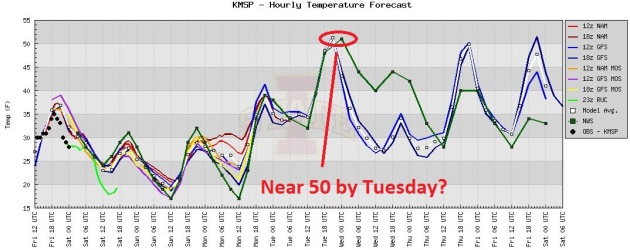
Chilly Weekend - Hints of April By Tuesday. All the models show a significant warming trend next week; there's a good chance we'll see low 50s by Tuesday afternoon, followed by slightly cooler weather the latter half of next week. No bitter fronts - certainly nothing subzero brewing looking out through March 20 or so.
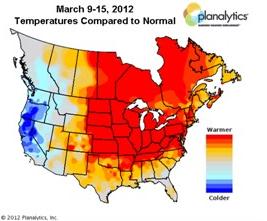
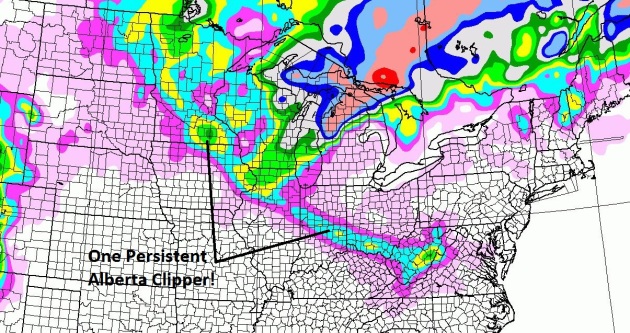
No Major Storms (of any flavor) Brewing. A very persistent Alberta Clipper, putting down a narrow, 900-mile wide carpet of a couple of inches, may drop an inch of snow today, another coating of flurries on Sunday. That's about it in the snowfall department until further notice. 84 hour NAM snowfall prediction courtesy of NOAA and WeatherCaster.

A Deadly Friday. When I posted this update Friday evening 81 separate tornadoes had touched down from southern Alabama into southern Indiana and southern Ohio - a few of these were probably large, violent, long-lasting EF-3 and EF-4 tornadoes, possibly more than 1/2 mile wide. The latest count from SPC, NOAA's Storm Prediction Center here.

Weather Carnage. Friday was one of the most damaging and deadly days since April 27 of last year. A handful of small towns from southern Illinois and southern Indiana into Kentucky were literally wiped right off the map: "Damage is seen from above the Henryville, Ind., area, Friday, March 2, 2012. Powerful storms stretching from the U.S. Gulf Coast to the Great Lakes in the north wrecked two small towns, killed at least three people and bred anxiety across a wide swath of the country on Friday, in the second deadly tornado outbreak this week. (AP Photo/The Courier-Journal, Michael Clevenger)."
* Indiana Town "Completely Gone" After Tornado Kills At Least 3, Official Says. The Chicago Sun Times has more details on the destruction of Henryville, Indiana here.
** WISH-TV reports that schools in Henryville let out 20 minutes before the tornado struck.

Atmospheric Battering Ram. Weatherbug meteorologist Ben Michalak captured this photo in Indiana during a cross-country drive from Chicago to D.C.
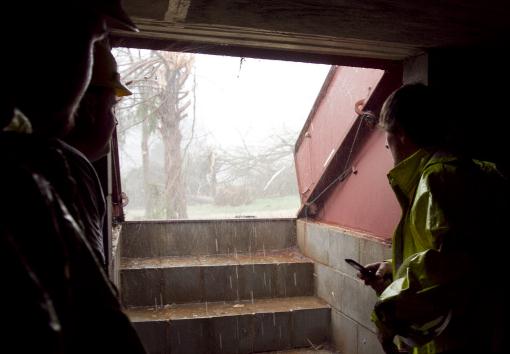
Waiting Out The Storm. In a hurricane you want to get up, as high as possible, at least third or fourth floor of a well-constructed building (if you can't evacuate safely inland). In a hurricane the main concern is not the wind, but the storm surge, a sudden rise in tide levels in a matter of minutes. In a tornado the goal is to get below grade, under ground, to avoid flying debris, which is the biggest cause of death and injury: "Police, rescue workers, and other local media gather in a storm shelter to ride out another threatening storm as it approaches areas already damaged by an earlier tornado on Friday, March. 2, 2012, in Athens, Ala. Powerful storms stretching from the U.S. Gulf Coast to the Great Lakes in the north wrecked two small towns, killed at least three people and bred anxiety across a wide swath of the country on Friday, in the second deadly tornado outbreak this week. (AP Photo/Butch Dill)."

Evidence Of Severe Upward Motion. I start to get nervous when I see golfball size hail or larger - it means that a thunderstorm updraft is especially intense. The larger the hail, the stronger the updraft, and potentially the greater the risk of a tornado. Here are some examples of baseball-size hail in southern Indiana, courtesy of Antranik Askander.
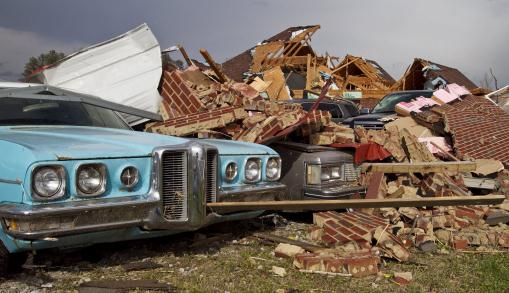
Mind-Numbing Damage. Two deadly days of tornados in just one week. It's true that early March is prime time for tornadoes across much of the Deep South, but to have such widespread tornado outbreaks (Florida to West Virginia) on March 2 is a bit unusual: "A tornado left a path of destruction as it passed through Friday, March 2, 2012, in Athens, Ala. Powerful storms stretching from the Gulf Coast to the Great Lakes flattened buildings in several states, wrecked two Indiana towns and bred anxiety across a wide swath of the country in the second powerful tornado outbreak this week. (AP Photo/Butch Dill)."

Confirmation Of A Tornado On The Ground: A "Debris Ball". The new dual-polarization Doppler Radar from the National Weather Service sends out a vertical as well as a horizontal pulse of energy, making it easier to differentiate raindrop size, whether a storm is capable of rain, ice or snow, and even more important: these sweeping pulses of energy can detect actual debris being thrown up by a tornado circulation on the ground. Before now we had to rely on Skywarn spotters and law enforcement for confirmation. Now, with "dual pol" radar, it's possible to see the actual tornado structure itself. Over time this should result in even greater confidence for meteorologists, hopefully leading to fewer false alarms. The debris ball associated with a possible EF-4 tornado (above) tore into West Liberty, Kentucky late afternoon yesterday.



An Early, Violent Start To Tornado Season. Last year an incredible 1,709 tornadoes were reported across the USA, according to SPC. Last year tornado season came on strong during late February, peaking in April and May. By comparison 2012 brought more tornadoes earlier (top graph), and many meteorologists I respect believe 2012 could set a new record for tornadoes, at the rate we're going. La Nina springs tend to be severe, stronger jet stream winds howling overhead, more wind shear available to spin up the rotating "supercell" storms that can go on to spin up tornadoes. There's little doubt that we are on track for another very violent spring across the USA.
USA Tornado Count (courtesy of SPC)
2012: 211 (preliminary)
2011: 1709
2010: 1282

Photo credit above: "This image, from the GOES-13 satellite, shows a massive storm system moving across the eastern U.S. on Wednesday." Courtesy NOAA, CNN.

Photo credit above: "Volunteer Laura Veri from Rebuild Joplin, right, takes photos during St. Bernard Project's dedication of a newly renovated home that was destroyed by Katrina in New Orleans, Thursday, March 1, 2012. Nearly two dozen volunteers from Rebuild Joplin partnered with The St. Bernard Project, which renovates Katrina-devastated homes in the New Orleans area. (AP Photo/Cheryl Gerber)."

Ask Paul. Weather-Related Q&A.
"Hi. I have a question about weather radios. The tornadoes down south this past few days have reminded me to prepare for the "season" coming soon, and I am interested in getting a weather radio this year. I would like one with AM/FM and possibly a clock alarm. Do you have any particular advice or recommendations? Thanks for your time. I appreciate it."
Joyce
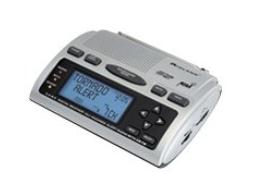
"Automatic alert warns you of hazardous conditions Perfect bedside alarm clock AM/FM radio with 6 memory channels Add or remove alerts S.A.M.E. localized reception Color coded alert indicators Alarm clock with snooze Event expiration indicator Add or remove alerts Programmable siren level Silent programming 10 reviewable alerts 7 preset weather channels Receives over 60 alerts."
Do a Google Search for NOAA Weather Radio, AM/FM and Clock Radio and you'll see scores of options, ranging in price from $25 to over $75. I hate to sound like a NOAA Preacher, but every home, office, school, nursing home and hospital should have at least one. It's the ultimate safety net.
__________________________________________________________________________
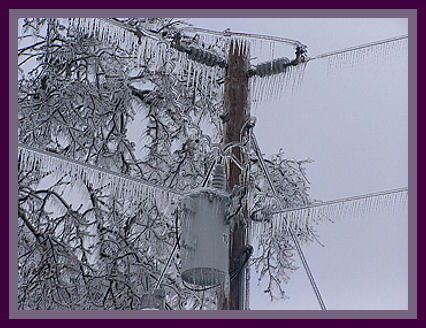
Hi Paul,
"I am curious about something I saw on February 28th late night into February 29th midnight. I saw two bursts of green light illuminate the sky. This was during the snowstorm when there was ice and snow on the trees and on the ground. Was this lightening during a snowstorm? There was no sound. Just a low hum like a motor running. It was the weirdest thing I have ever seen. I know there was no powerline down since the power was up and there was no flicker in the lights.
Any answers would be much appreciated.
Thanks,"
Priya
Dear Priya - I appreciate your note. My hunch is the green flashes of light were from high tension lines or possibly transformers, responding to a slow build-up of freezing rain (glaze ice), which can wreak havoc on electrical systems. This would also account for the strange humming noise. Of course you want to give downed power lines a wide berth when they come down - they can still be "hot", capable of electrocuting anyone who steps onto one of these. Be careful out there! - Paul
__________________________________________________________________________

Paul,
"When will your son graduate from the Naval Academy? I know this isn't a weather question, but you periodically comment on your son at the USN Academy. Graduation from a military academy is a great family experience. Our youngest son graduated from the US Air Force Academy a few years back and it was a super time. Several of my close retired friends graduated from the Naval Academy and they were outstanding men and leaders."
Very Respectfully//Fraine C. Zeitler, Colonel.USAF Ret
Colonel Zeitler - thank you for writing and inquiring about my youngest son, who graduates from USNA in Annapolis in May. His plans are to fly fixed wing jets or helicopters for the Navy - although, as you probably well realise, he has no idea where he'll wind up or what (specifically) he'll be doing. Semper Gumbi (be flexible) right? I'm incredibly proud of him (and appreciative to Jim Ramstad for teeing up his nomination to the Naval Academy). He's heading to Pensacola this summer and my wife and I will probably be looking for excuses to study tropical weather patterns on the Florida Panhandle. Thanks for asking, and thank you for your service. My congratulations to your aviator son! - Paul




Photo credit above: "Justin Bieber's new wheels: The Fisker Karma. The car was presented to Bieber by manager Scott Braun on the "Ellen DeGeneres Show." (David Undercoffler / Los Angeles Times)."


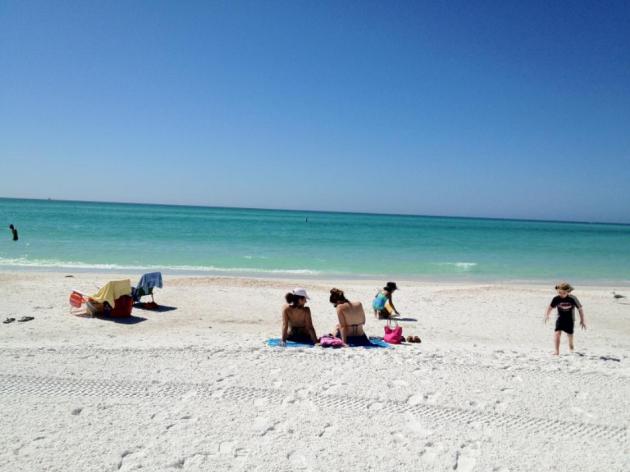


Fast Forward Spring
I'm not clairvoyant. That's one skill that would come in handy for a weather guy. But the trends are pretty obvious by now: the atmosphere is on "fast-forward" - the maps look more like early April than early March.
According to Dr. Mark Seeley February was the 10th warmest in Minnesota's modern history; the last 6 months in a row have been (significantly) warmer than average, statewide. 21.8 inches of snow, the least since 2004-05, when only 25.5" fell the entire winter. Will we see more snow? Probably, but I don't see anything brewing through mid-March. Too dry, and too warm. We'll see 50s by Tuesday; the GFS hinting at 60 by mid-March.
This is still Minnesota right? February was the first above-average month for precipitation since August, but I'm still worried about drought. 96% of Minnesota is in a moderate drought.
And at the rate we're going a fading La Nina coupled with a strangely-energized jet stream may favor an early start to severe storm season. Great.
A coating to 1" flurries may fall today. 40 will feel good Monday; a shot at low 50s Tuesday. Is winter over? Starting to wonder.
Climate Stories...
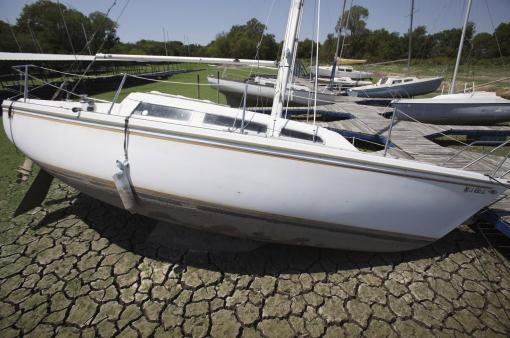
Photo credit above: "In this Tuesday, Aug. 16, 2011 photo, docked sailboats sit high and dry at a marina on Benbrook Lake in the Fort Worth suburb of Benbrook, Texas. A wet winter across Texas has surprised weather experts who aren't sure when the drought-stricken state will get longterm relief. Some forecasters say the La Nina weather phenomenom may end just in time to allow for spring rains. But nothing short of massive storms, 200 to 500 percent of normal rainfall for three months, will end the severe drought, according to weather data. (AP Photo/LM Otero)."
